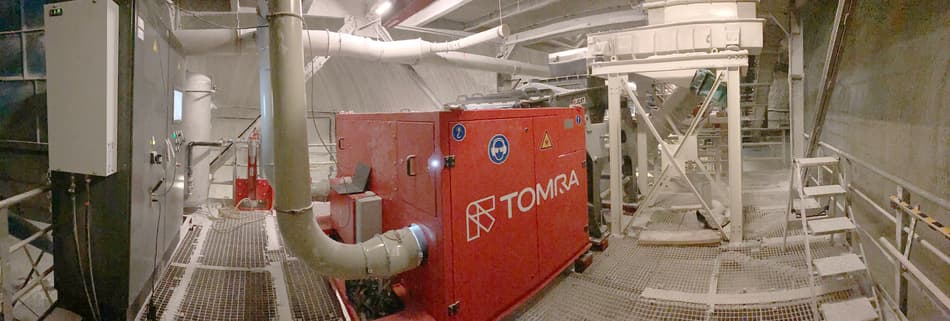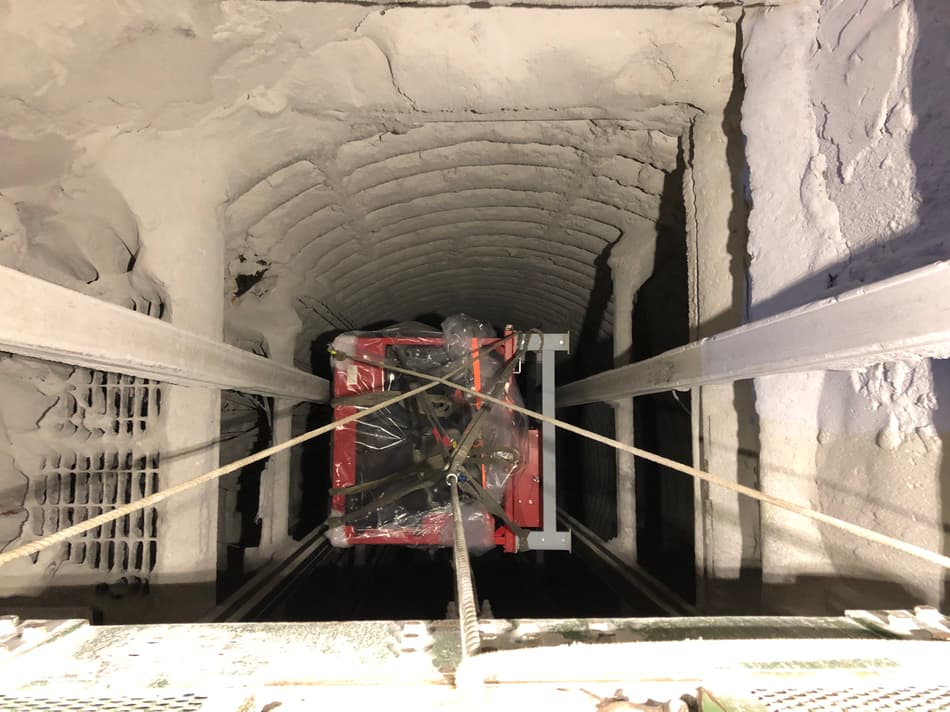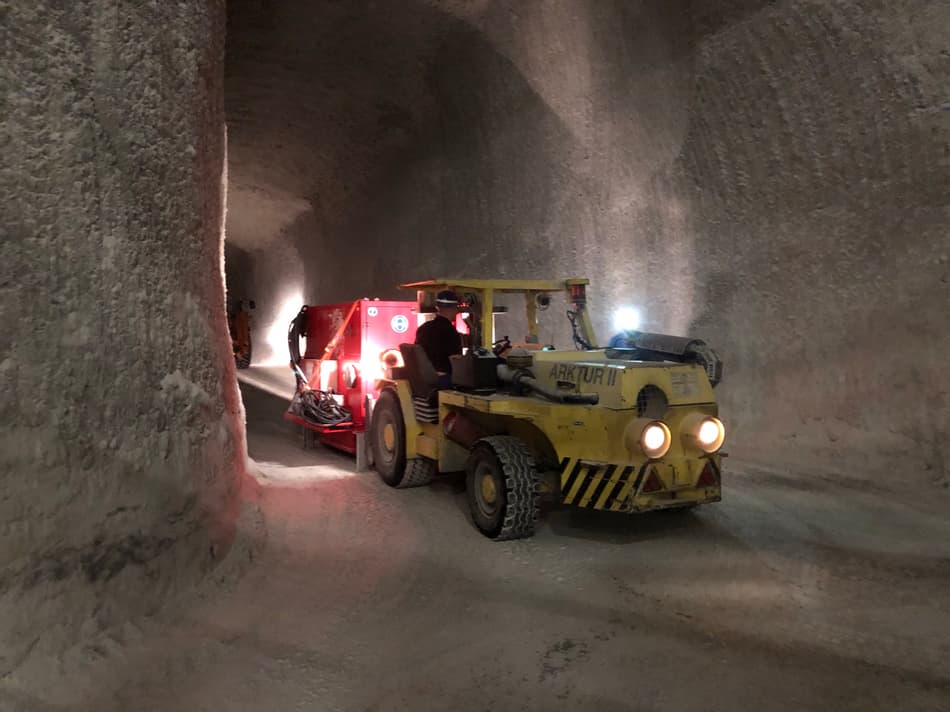
Customer story
First underground TOMRA sensor-based sorter starts operation at K+S rock salt mine
K+S Minerals and Agriculture, a major salt producer turned to TOMRA Sorting Mining for a solution for the replacement of the existing sorting system at its rock salt mine in Grasleben, in Lower Saxony, Germany. The two companies have a long-standing research and development relationship, focused on exploring the application of TOMRA's technologies to salt sorting.

The challenges of rock salt sorting at the Grasleben mine
At the Grasleben mine, rock salt is extracted from a high-quality underground deposit that stretches across two Federal States. It is processed into a wide range of products, from de-icing salt for winter road services to food-grade table salts and lick stones for livestock and domestic animals. For K+S, consistently achieving certified and guaranteed high purity, compliant with the strict standards of the food industry, is a priority.
“The sorting of rock salt is complex and demanding due to its crystalline properties. This leads to strong fluctuations in the appearance of the material”, states Sven Raabe, Technische Büro Mechanik, K+S Minerals and Agriculture.
TOMRA recommended using COLOR sorting technology: “with a customized set-up of the light sources we can detect the difference in transparency of the different particles, ensuring the high quality of the rock salt,” explains Mathilde Robben, Key Account Manager at TOMRA Mining. The team also advised installing the sorter in the underground mine, so that “after an initial underground sorting stage, only the coarsely crushed rock salt undergoes further grinding and sieving above ground. Only the valuable product needs to be transported in the shaft, and the final result is high-quality, pure rock salt products in various grain sizes, which are ideal for this application. Furthermore, waste rejects can be backfilled underground, avoiding storage and emissions on the surface.”
Testing the solution at TOMRA’s Demonstration and Test Center in Wedel, Germany.
TOMRA conducted a demonstration of the proposed solution at its Demonstration and Test Center in Wedel, Germany. Sven Raabe attended the test with colleagues from K+S’s technical team, Florian Lieske, Stephan Meiberg and Sven Lindner.
Seeing the technology in action was decisive: “The tests were very well prepared,” says Sven Raabe. “The on-site team quickly developed a feel for our product. The uncomplicated adaptation of the program to the different material qualities also convinced us.”
“An important factor in our purchasing decision was the positive test result achieved with the system, using transmitted light to obtain more efficient separation. This has the added benefit of resource conservation. It is possible to react quickly and individually to changing situations during dismantling. We expect this to be more effective, and the ease of use of the system was also convincing.”
In this project we also had to contend with the difficulties created by the Covid-19 pandemic. I am very pleased that we have been able to meet K+S's requirements and deliver on schedule.

The order was placed and installation completed on schedule
Following the positive experience at the Test and Demonstration Center and the results of the test, K+S placed the order for TOMRA’s solution, with installation planned for September 2020. The negotiations were conducted via video conference due to the Covid-19 travel restrictions and lockdown. The order was entered in TOMRA’s production plan and the Factory Acceptance Test was conducted on September 23rd. The sorter was transported to the Grasleben mine, where it was placed in position underground on September 30th and installation was completed on schedule.
“This is the first solution we provide for underground sorting, which raises specific challenges due to the dimensions and weight limitations of the mine shaft,” concludes Mathilde Robben. “In this project we also had to contend with the difficulties created by the Covid-19 pandemic. I am very pleased that we have been able to meet K+S’s requirements and deliver on schedule.”


